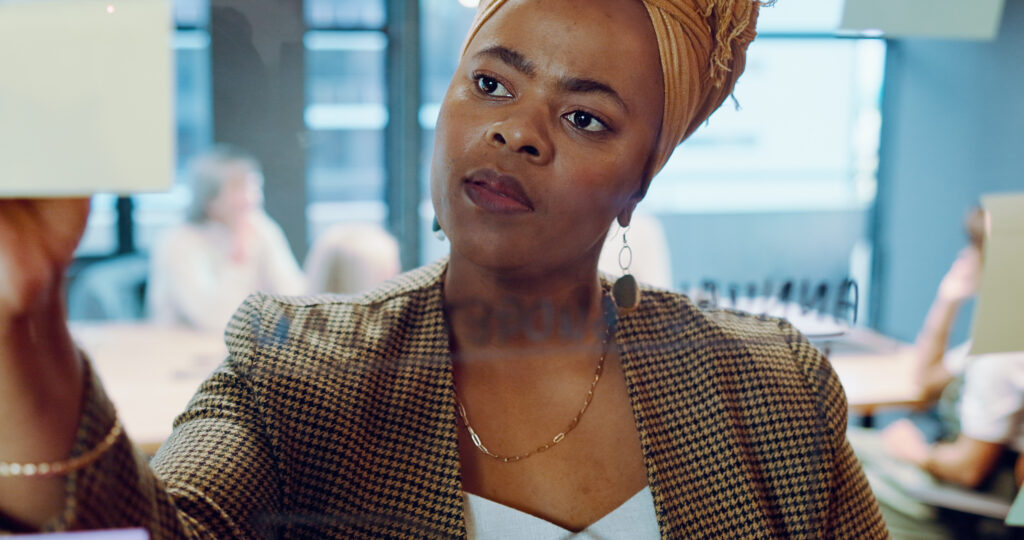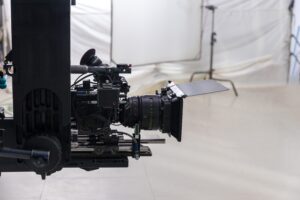Welcome to the world of storyboarding! As a professional copywriting journalist, you understand the importance of creating a strong brand message. But how do you effectively communicate that message in a visually compelling way? This is where storyboarding comes in! Storyboarding is an art form that allows you to visually map out your brand’s message and create a narrative that resonates with your target audience. By incorporating storytelling techniques into your brand visuals, you can effectively engage your audience and create a lasting impact. In this section, we will explore the art of storyboarding and how it can help visualize your brand’s message.
Understanding the Storyboarding Process
Storyboards are visual representations of a narrative, created to help plan and organize the production of a project. In the context of brand communication, a storyboard can help communicate your message more effectively by visualizing your ideas and providing a roadmap for your creative team to follow.
A storyboard typically consists of a series of panels that depict the key scenes or moments in your narrative. Each panel should include a brief description of the action taking place, along with any relevant dialogue, sound effects, or music cues.
Storyboarding can be applied in a variety of industries, including film, advertising, and website design. For example, in the film industry, storyboards are used to plan out each shot and sequence, helping to ensure that every detail is captured on camera. In advertising, storyboards can help visualize a concept or idea, making it easier to pitch to clients or collaborators. In website design, storyboards can help create a clear and intuitive user experience by mapping out the structure and flow of the site.
If you’re new to storyboarding, there are many resources available to help you get started. There are numerous storyboard examples online that can provide inspiration and guidance. Additionally, there are many storyboard templates available that can help streamline the process and ensure consistency across your project.
Storyboard software can also be a valuable tool in the storyboarding process. Many software options provide pre-built graphics, sound effects, and transitions that can save time and enhance the visual appeal of your storyboard. Some popular storyboard software options include Storyboarder, Toon Boom Storyboard Pro, and Adobe Premiere Rush.
Benefits of Storyboarding for Brand Communication
If you’re looking to communicate your brand’s message in a more impactful way, storyboarding can be an excellent tool to achieve this goal. Incorporating this process into your brand communication strategy can provide a number of benefits, including:
“Storyboarding can enhance message clarity, streamline the design process, and improve collaboration among team members.”
By using a storyboard in the development of your brand visuals, you can create a cohesive and well-structured message that is tailor-made for your target audience. The storyboarding process allows you to visualize your ideas, identify gaps, and make necessary adjustments before executing the final design.
The storyboard process also encourages collaboration among your team members, enabling everyone to work together towards a common vision. By involving all stakeholders in the process, you can ensure that everyone is aligned on the brand message and has contributed to its development.
Additionally, storyboarding can also save time and resources in the design process. By having a clear plan in place before creating the final product, you can avoid costly revisions and ensure that your project is executed on time and within budget.
By utilizing the benefits of storyboarding, you can create brand visuals that not only look great but also effectively communicate your message to your target audience.
Creating an Impactful Storyboard for Your Brand
Now that you understand the storyboarding process, it’s time to create your own. Here are some key steps and best practices to keep in mind:
1. Define Your Story
The first step in creating a storyboard is to define your story. What message do you want to convey? Who is your target audience? What emotions do you want to evoke?
Once you have a clear understanding of your story, you can begin to create a narrative that effectively communicates your brand’s message.
2. Develop Your Story Structure
The next step is to develop a story structure that will guide the visuals of your storyboard. This involves identifying key plot points, determining the order in which they will be presented, and establishing the pacing of the story.
Consider incorporating tried-and-true storytelling techniques, such as the hero’s journey, to create a narrative that resonates with your audience.
3. Sketch Your Storyboard Frames
It’s time to start sketching your storyboard frames. Keep in mind the story structure you developed and create visuals that support each plot point.
Remember to pay attention to visual composition, pacing, and the use of color and contrast to create impact.
4. Add Dialogue and Descriptions
Once you have your storyboard frames, it’s time to add dialogue and descriptions. This will help to clarify the narrative and guide the visual design of each frame.
Make sure that your dialogue and descriptions are concise and effective in getting your message across.
5. Refine and Revise
Finally, take the time to refine and revise your storyboard. Iterate on your initial sketches and make changes as needed.
Make sure that your storyboard is visually compelling, aligned with your brand’s messaging, and effectively engages your target audience.
Following these key steps and best practices will help you create an impactful storyboard that effectively communicates your brand’s message and engages your audience.
Conclusion
In conclusion, mastering the art of storyboarding can enhance your brand’s narrative and captivate your target audience. By visualizing your message through storytelling techniques, you can effectively communicate your brand’s vision and values. Don’t be afraid to experiment with storyboard templates and software to streamline your creative process.
Remember to focus on the essential elements of storyboarding, such as story structure and visual composition, to create impactful brand visuals. By incorporating best practices of storyboarding into your design process, you can create cohesive and visually stunning narratives that resonate with your audience.
Thank you for taking the time to learn about the art of storyboarding and its benefits for brand communication. We hope this article has inspired you to incorporate storyboarding into your creative process and develop visually compelling brand narratives.
FAQ
Q: What is storyboarding?
A: Storyboarding is a visual planning tool that helps communicate a narrative or story. It involves creating a sequence of sketches or images to outline the flow and structure of a project, such as a video, film, or marketing campaign.
Q: Why is storyboarding important in the creative process?
A: Storyboarding is crucial in the creative process as it allows for visualization and organization of ideas. It helps designers, filmmakers, and marketers to plan and refine their concepts, ensuring that the final product effectively communicates the intended message to the audience.
Q: Can you provide examples of storyboarding?
A: Absolutely! Storyboarding can be used in various industries. For instance, in film or video production, storyboards break down scenes and shots. In marketing, storyboarding can be used to plan out visual campaigns or advertisements. In web design, storyboarding helps outline the user journey and interactions on a website.
Q: Are there any storyboard templates available?
A: Yes, there are numerous storyboard templates available online. These templates provide a framework and structure to guide your storyboarding process. They often include sections for sketching frames, adding dialogue or captions, and specifying camera angles or movements.
Q: Is there storyboard software that can assist in creating visually compelling narratives?
A: Absolutely! There are several storyboard software options available that can streamline the process of creating visually compelling narratives. These tools often come with pre-made graphics, layouts, and editing features that make it easier to visualize your brand’s message and bring your storyboard to life.
Q: What are the benefits of incorporating storyboarding into brand communication?
A: Storyboarding offers several benefits for brand communication. It enhances message clarity by visually mapping out the narrative flow. It streamlines the design process by providing a visual roadmap for designers and collaborators. It also improves collaboration among team members by aligning everyone’s understanding of the brand’s story and objectives.
Q: How can I create an impactful storyboard for my brand?
A: To create an impactful storyboard, it is important to follow some best practices. Start by defining a clear story structure and desired outcomes. Use visual composition techniques to create engaging and visually appealing frames. Pay attention to pacing and transitions to ensure a smooth narrative flow. Incorporate feedback and iterate as needed to refine your storyboard.




